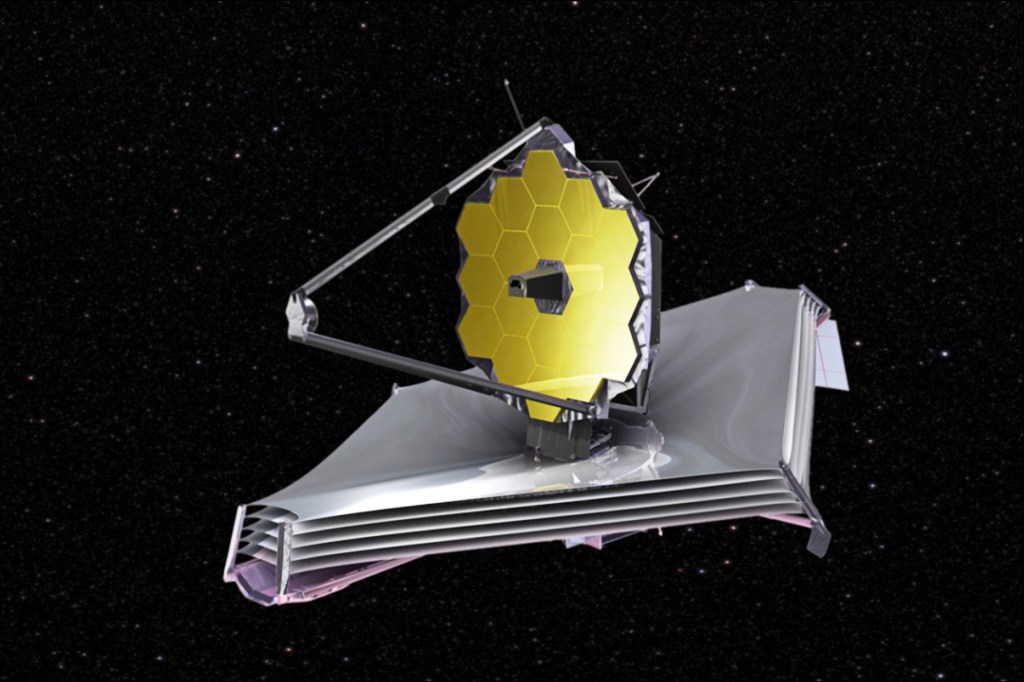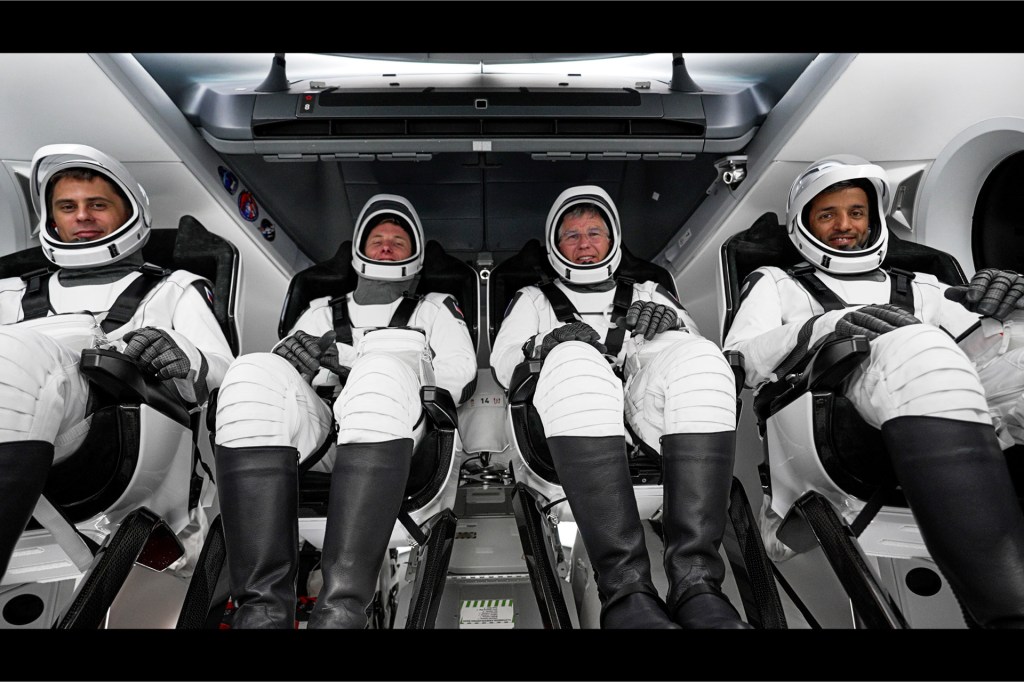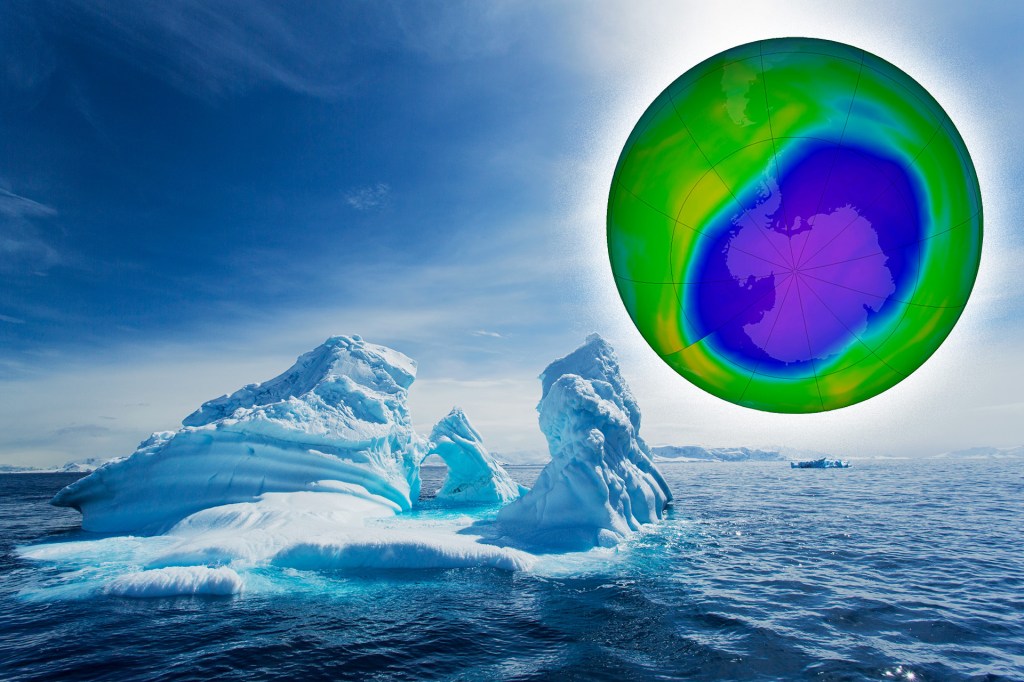
On January 7 and 8, NASA’s new space telescope unfolded its huge, flower-shaped mirror. The James Webb Space Telescope will soon reach its destination a million miles from Earth. Its mission: to find evidence of how galaxies formed, more than 13 billion years ago.
Thomas Zurbuchen works on NASA’s science missions. “How does it feel to make history, everybody?” he said to his team, in Maryland. “You just did it.”
Webb is the most powerful telescope ever launched into space. Because of its size, it was folded up when it took off from South America on December 25.
Scientists call Webb’s mirror the “golden eye.” It gathers light, allowing the telescope to pick up stars and galaxies in the far reaches of space. The mirror is 21 feet across and made up of 18 segments. These are coated in a thin layer of gold. NASA adjusts them to bring the telescope into focus.
“This is the moment we have been waiting for, for so long,” Antonella Nota says. She’s associate director of the European Space Agency, which worked with NASA on the telescope. Nota says NASA made Webb’s unfolding in space look “so amazingly easy.”
Stop & Think! HOW is information organized in this article? How does this arrangement help you understand the story the article tells?













